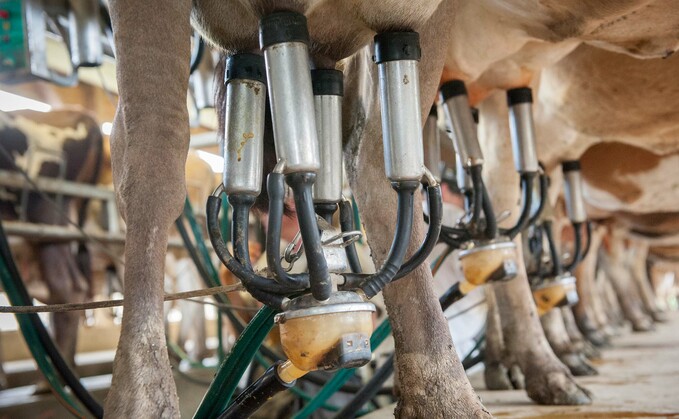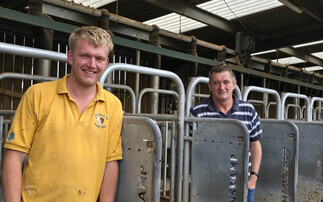
Results from the project have shown cows with a tight udder were four times less likely to have UCD than those with a deep udder.
A common skin condition affecting most dairy farms in the UK, Udder Cleft Dermatitis (UCD) is caused by bacteria entering a sore or area of abrasion, on or around the udder cleft. Resulting in ulcerative...








.png)



